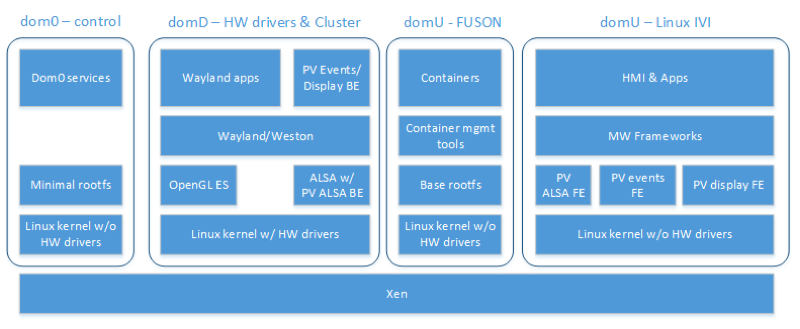ApacheCon is just a couple weeks away — coming up May 16-18 in Miami. We asked Shawn McKinney, Software Architect at Symas Corporation, to share some details about his talk at ApacheCon. His presentation, “The Anatomy of a Secure Web Application Using Java EE, Spring Security, and Apache Fortress” will focus on an end-to-end application security architecture for an Apache Wicket Web app running in Tomcat. McKinney explains more in this interview.
Linux.com: Tell us about your inspiration for this talk.
Shawn McKinney: The idea for this talk started several years back, when I first began working full-time with Symas. I was working on a project that spanned multiple companies with my friend and colleague, John Field, who’s a security architect at EMC, now Pivotal.
At the time, we were working on a process to migrate legacy Cobalt apps from running on their native IBM z Series mainframe platform to run on top of open systems architectures, i.e. Linux.
These were massive programs with millions of lines of code, built over decades. Their conversion processes required mimicking the mainframe’s legendary security controls onto Linux platforms, using what was available to us via native and non-native security controls.
This meant dealing with a multitude of security concerns across every tier of the system and into many of its sub-layers as well. Mandatory access controls were enforced on every node in the system.
Linux systems had to be hardened to the nth degree and at the same time, multiple grades of authorization were required within the platform layers. Fortunately, everything we needed to do all this was already readily available and usable, and easily found within the public domain.
Only open, established, and timeworn practices were being targeted. That is, technologies released under permissible licenses, like the Apache software license, and these things were allowed into the final design. Our problem wasn’t with how to design the security system, per se, nor how to build it. Strangely, those were the easy parts.
The hard part for us was how do we convey the contents of its complex design to others in a way that is understandable? Because, many of us are not, shall we say, security afflicted, so despite recommending only best practices, their concepts remain arcane, complicated, and generally not known to the masses.
To break through this complexity barrier, John and I borrowed an idea remembered from our youth, and that is those science textbooks that depict the human anatomy. You remember the ones that use translucent pages, each with a particular organ, all overlaying together comprising the comprehensive image of the human body, complete with all of its sub-systems?
We thought this a good way to communicate our complicated security system design to others. We adapted this idea for our end-to-end security design layout. Each image corresponds with an individual security component contained within a typical web app from it’s outer to innermost layers.
What’s unique about this particular talk is that it started with those initial visual images of a typical web security system architecture.
Next, a test application was created to go along with those anatomy images. The test app mimicked a typical web system, complete with test pages, links, buttons, database tables, et cetera, all of which are under tight security controls of various types.
The goal of the test app was to create a comprehensive tutorial demonstrating all of the pertinent security controls that were contained within the anatomy diagram. Finally, we added instructions to install, deploy, and run the test app and published it all to GitHub.
The project is called The Apache Fortress Demo, and we used it in our live demos and it could also be used by anyone else who wants to try it out at home. During our live demos, we would simultaneously dissect and discuss the web system security functionality, switching between the Power Point slides visually depicting the images and into the concrete demo to show how it all worked in a live system.
Linux.com: Who should attend this talk?
McKinney: It is a Java security demonstration, so anyone who’s working in Java platform that’s in security would be particularly interested. The demo’s going to cover security protocol interplays, including TLS in its various forms and flavors, so LDAPS, for example, HPS. So, I’m going to say anyone who’s interested in security-related topics should get something from it.
Linux.com: What technical background will you assume the audience has?
McKinney: I’m going to assume basic conceptual understanding of security concepts like authentication, authorization, and encryption of data. So, understand those abstract concepts, and then we will then make them concrete for this specific platform in the demo.
Learn first-hand from the largest collection of global Apache communities at ApacheCon 2017 May 16-18 in Miami, Florida. ApacheCon features 120+ sessions including five sub-conferences: Apache: IoT, Apache Traffic Server Control Summit, CloudStack Collaboration Conference, FlexJS Summit and TomcatCon. Secure your spot now! Linux.com readers get $30 off their pass to ApacheCon. Select “attendee” and enter code LINUXRD5. Register now >>




